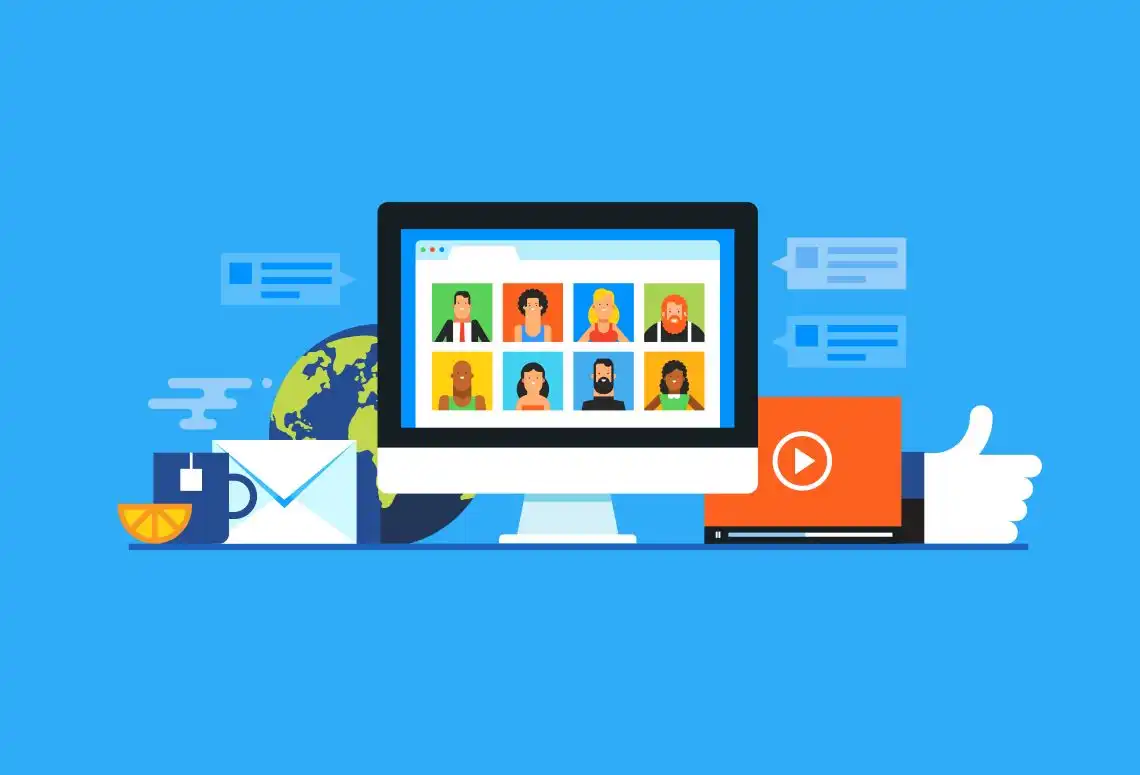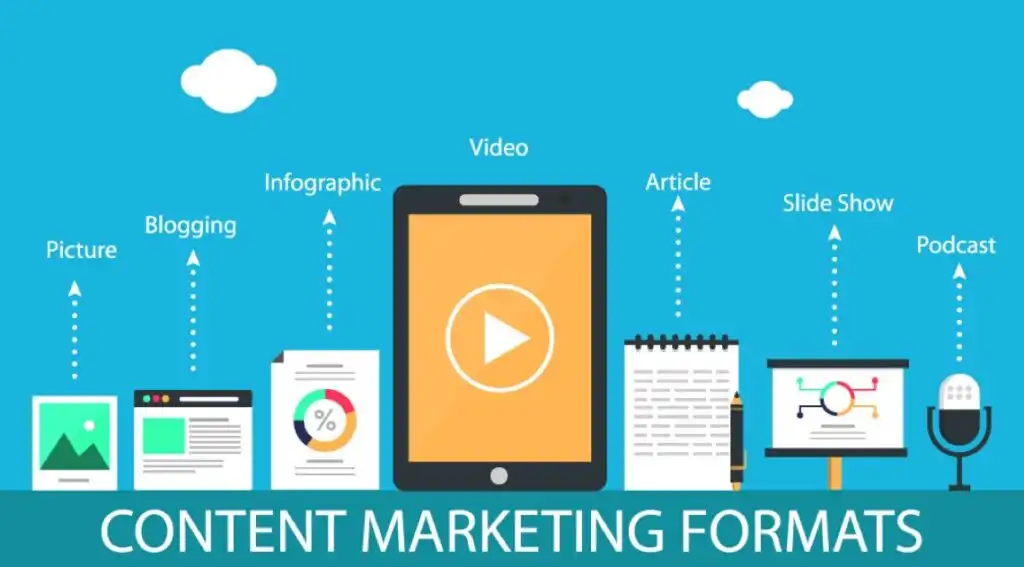
Repurpose Webinar Content: Eight Smart Ways To Do It
28 August 2021
Team Purple Iris
Raise your hand if this statistic rings a bell: 54 percent of B2B professionals attend webinars every week.
Webinars have been around for a long time. But the use of this digital platform grew in 2020 because of social distancing and travel restrictions due to the COVID-19 pandemic. Webinars have helped professionals stay connected with customers and partners, spread the word about new product releases, and educate the external audience on new trends and developments.
It takes a team several weeks to prepare for a webinar. Much of that time goes in getting the right agenda, speakers and content in place.
But are you utilising the content from the webinar to its full potential? Are you repurposing it and amplifying its reach to an even wider audience?
How do you effectively repurpose your content?
There are several ways to use the content you had painstakingly created for a webinar and turn it into a different format or for a different target audience. Consider both static and dynamic formats including visuals, videos or text-based content. Also think of amplifying that content across different channels such as the company blog and social media channels. You can also use third-party sites that accept guest posts and articles.
Read our previous blog on tips regarding how you can repurpose content to maximise value.
We have put together eight different ways in which you can repurpose webinar content for greater value and reach.
Videos
Break down the webinar recording into smaller video clips and promote them on social media. Create short clips of what the speakers talked about, along with the key takeaways. These videos can help reinforce important messages from the webinar and can be promoted on social media platforms or on your website. Remember to add the context for the video clips so that readers who did not attend the webinar understand it fully. Use captions to capture the basic details such as the event title and the session title. It is also a good practice to provide subtitles to videos
Handbooks
Compile the sessions — keynotes, discussions and other forms of interactions — in the form of a handbook. Write a summary of each session and pick the key takeaways for the participants. For example, if a webinar had 10 speakers, dedicate a page summarising each speaker’s key points, along with her or his photograph, designation and brief profile. The handbook can be disseminated to attendees and speakers as it will help reinforce and recap the key takeaways shared during the webinar. It will also serve as a marketing resource to attract speakers and attendees for future webinars.
Social Media Posters
Convert your webinar’s key messages and important data into attractive visual content for social media promotions. Choose a few memorable quotes and eye-opening data from the webinar and create posters out of them. While using a quote for a social media promotion, remember to get the speaker’s consent on whether she or he is fine with it being put out in front of a wider audience. You may sometimes need to paraphrase sentences so as to bring out a message sharply or in fewer words. Paraphrasing, or rewriting what someone said in your own words, needs skills. Take care to not change the meaning of a quote while tightening copy.

Infographics
Use data or trends that emerge out of the webinar content in the form of infographics. Infographics are a great way to visually portray important bits of information for the easy consumption of readers. Compile a list of key takeaways mentioned in the webinar. Skim through the question-and-answer segment as well to take note of any interesting slices of information that can be added to the infographic.
Micrographics
Micrographics are bite-sized pieces of an infographic. Break down a complex infographic into smaller slices of information. Statistics, quotes and narratives from a larger infographic can be sliced into bite-sized content that can be disseminated on social media. You can include the link to the full infographic in the copy to help drive web traffic to your website as well.
For example, let’s say you create an infographic that captures some statistics that emerged from a poll you conducted during the webinar. One data point from that infographic can be converted into a micrographic where you pair a visual with the statistic. It can be uploaded on social media along with a brief copy that puts the data in the right context.
Internal Communications
Update colleagues from other teams on the key outcomes and lessons learned from a webinar. Think of creating an internal email newsletter that is rolled out on a monthly or quarterly basis that summarises the webinars conducted in that period. Besides a brief on the webinar theme and the main speakers, bring out the key outcomes such as the number of attendees, the marketing pipeline generated or sales enquiries received after the webinar.
Also think of including key learnings, whenever possible. For example, if a new feature has helped improve participation of the audience until the end of the webinar, share those with your colleagues from other teams who can implement it for other such events. You can use the newsletter to also acknowledge the efforts put in by your team and help them get recognition among the internal stakeholders.
Read our previous blog on 5 mistakes you need to avoid when publishing an email newsletter.
FAQs
The question and answer session in your webinar may provide you insights into what buyers or prospects are asking for. Look through the questions asked by participants and handpick a few that are often repeated, which shows that those could be common queries in your buyers’ mind. Craft clear answers to those questions that will not only help educate your buyers but also boost your search engine optimisation (SEO) efforts. A keyword-rich FAQs section is a great way to boost your SEO efforts.
Thought Leadership Blog Posts
The webinar content can be converted into a thought leadership blog post. You can pick content from the entire webinar into one consolidated blog post for your website. Think of covering the key themes, insights from the different speakers and the blog writer’s own perspective.
You may also deep-dive into one aspect of the webinar theme for a separate blog post. Use 1-2 insights shared at the webinar and pair that with secondary research of your own to create a detailed, follow-up blog post. In the second blog post, you can use the webinar content as a trigger to investigate a topic at a greater depth.
With the above eight methods, you can extend the life of the content that you generate during a webinar and use it for your owned media platforms. Such repurposing will also help you to reinforce the key takeaways from the webinar. The repurposed webinar content can be released on a regular basis to help build momentum for your subsequent webinars.
